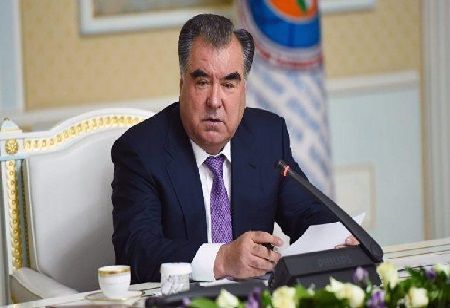- Tajikistan’s President Emomali Rahmon proposed creating an international innovative educational center to boost scientific and cultural cooperation in Central Asia.
- The announcement was made at the 7th Consultative Meeting of Central Asian Heads of State in Tashkent, emphasizing shared heritage and collective progress.
- The proposed center aims to unite scholars and youth across the region for interdisciplinary research, cultural preservation, and long-term sustainable development.
Tajikistan has made a major proposal for the deepening of regional cooperation in knowledge, innovation, and cultural preservation across Central Asia. President Emomali Rahmon announced the idea of establishing an international innovative educational center that would act as a shared platform for scientific advance and cultural exchange between nations within the region, while speaking during the 7th Consultative Meeting of the Heads of State of Central Asia in Tashkent.
His speech, made during a summit to consolidate unity and combined development, marked the emerging role of education and research as potent long-term drivers of stability and prosperity within the region. President Rahmon pointed out that all the countries of Central Asia share immense historical, cultural, and spiritual heritage. According to him, this century-wrought legacy is a foundation that should be protected, fostered, and passed on to future generations.
In his opinion, this can be most effectively done through combined efforts at scientific research, educational development, cultural projects, and artistic collaboration. The suggested center, he said, would work for just this that it will serve as a bridge to connect past wisdom with modern innovation.
To him, the future educational institution would be more than a conventional academic center; it would be a common regional platform for scholars, educators, researchers, and cultural actors from all Central Asian countries to create, share, and implement advanced ideas. The center would pool resources and expertise for the purpose of facilitating interdisciplinary research, collaborative academic programs, and cross-cultural initiatives highlighting the rich diversity of the region.
Also Read: Perspectives on the Growth of Chiropractic Education in Asian Countries
It would be a venue where innovation would be encouraged, regional challenges addressed collectively, and youth empowered through modern educational tools. The President said that he was confident such an institution would enhance cooperation in those fields that will be crucial for the future of the region: science and technology, humanities, cultural studies, and the arts.
He further mentioned that Central Asia is at a crossroads, offering great economic potential coupled with growing geopolitical significance, and the need for expanded state partnerships in areas that contribute to sustainable development. An international educational center, he argued, would be both a symbol and an instrument of common development.
Rahmon's proposal fell in line with his broader message at the summit: unity, cultural preservation, and scientific progress need to go hand in hand. In envisioning a collaborative hub for learning and creativity, he positioned education as a strategic pillar of regional cooperation. If realized, the initiative might become one of the most influential platforms for intellectual exchange in Central Asia, shaping the region's development and identity for decades to come.

